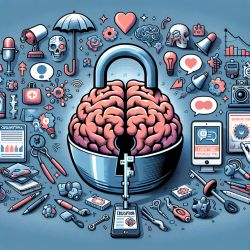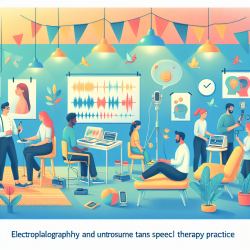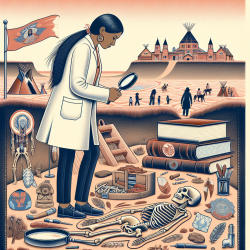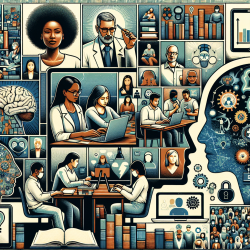Unlocking Critical Thinking with Mindware: A Fun Approach
In our fast-paced world, decision-making often leans heavily on automated responses, intuition, and social cues. While these "System One" processes can be efficient, they sometimes lead to suboptimal decisions. The concept of "mindware," as discussed in the research article "Mindware: Critical Thinking in Everyday Life," offers a promising solution to enhance critical thinking, particularly in educational and therapeutic settings.
Understanding Mindware
Mindware refers to the "rules, knowledge, procedures, and strategies" that individuals can retrieve from memory to aid in decision-making and problem-solving. By equipping individuals with these tools, we can bridge the gap between automated responses and thoughtful, evidence-based decisions.
Implementing Mindware in Practice
For practitioners, especially those working with children in educational and therapeutic contexts, incorporating mindware can significantly enhance outcomes. Here are some ways to implement mindware:
- Teach Probabilistic Reasoning: Encourage children to think in terms of probabilities rather than relying solely on stereotypes or heuristics. Simple games like "BeatTheOdds" can make learning probabilities fun and engaging.
- Encourage Alternative Explanations: Develop the habit of considering multiple hypotheses for a given situation. This practice can be nurtured through classroom activities that require students to explore various explanations for phenomena.
- Promote Continuous Search: Instill the mindset that finding one answer does not mean the search is over. Encourage students to keep exploring, even after identifying an initial solution.
Addressing Mindware Gaps
Mindware gaps occur when individuals lack the necessary tools for critical thinking. By viewing critical thinking as a modular skill, similar to learning a language or mastering a sport, we can make it more accessible and manageable. This approach allows for incremental mastery and broader application across different fields.
Mindware and Artificial Intelligence
As artificial intelligence becomes more integrated into daily life, it presents both opportunities and challenges for critical thinking. AI can serve as a tool to enhance decision-making but also risks becoming a crutch that diminishes the need for independent thought. By framing AI as a piece of mindware, we can encourage its use as a complement to, rather than a replacement for, human cognition.
Conclusion
The concept of mindware offers a hopeful path to enhancing critical thinking in everyday life. By equipping individuals with the right tools and strategies, we can foster better decision-making and problem-solving skills. For practitioners working with children, integrating mindware into educational and therapeutic practices can lead to more effective outcomes and empower the next generation of critical thinkers.
To read the original research paper, please follow this link: Mindware: Critical Thinking in Everyday Life.










